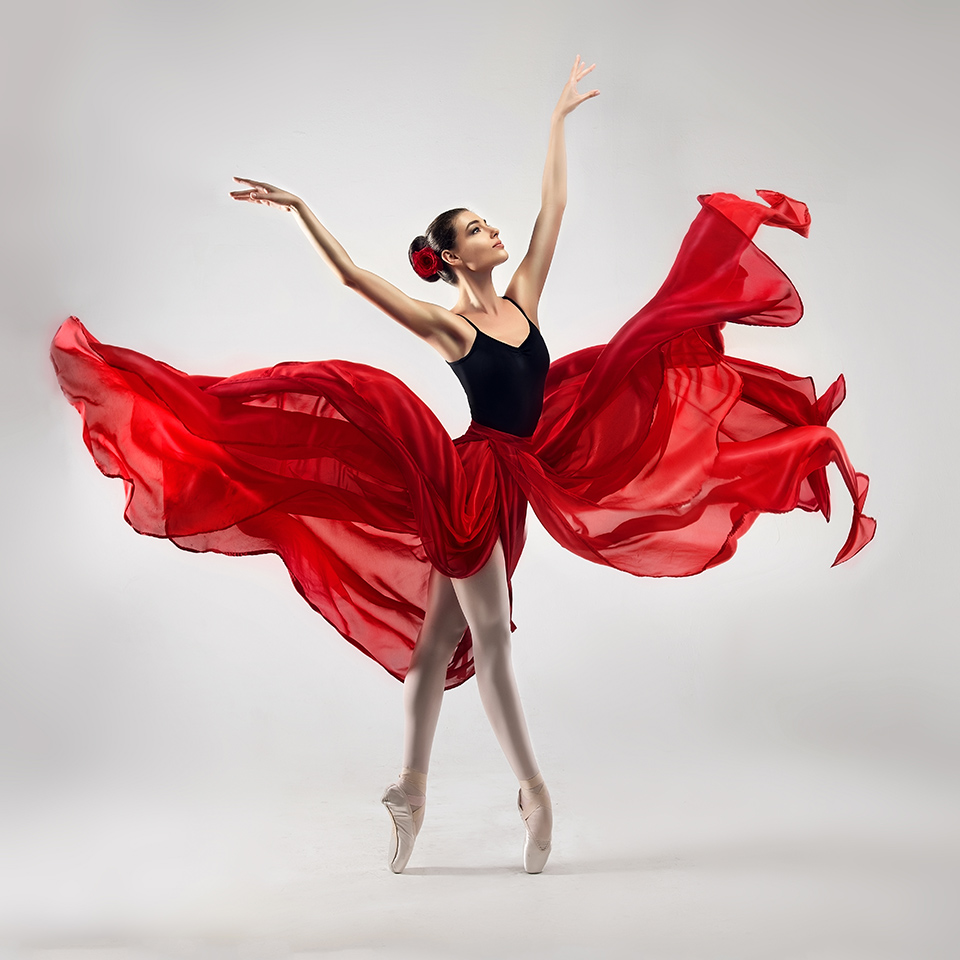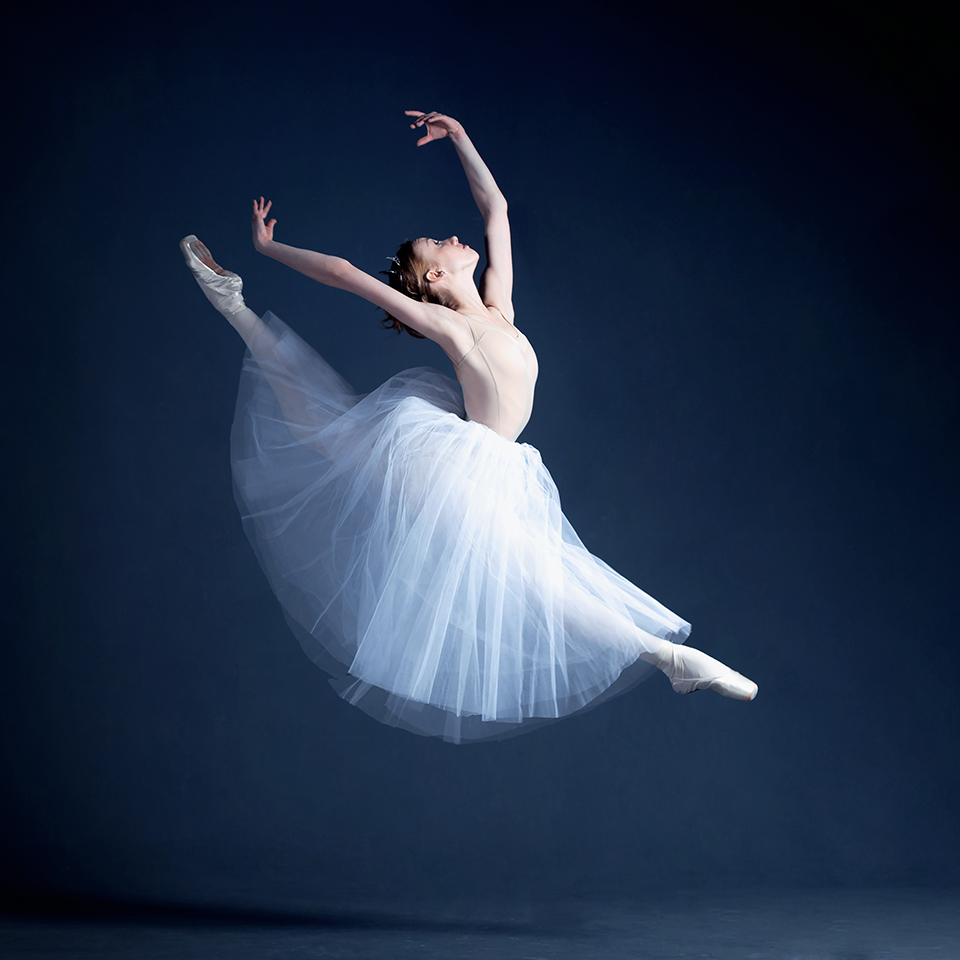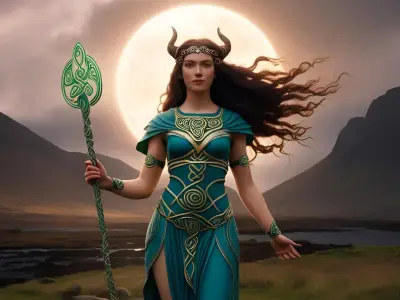Ballet has been around for centuries! Since we offer an online course in Ballet for Beginners, we wanted to share a little about the history of this classical art form.
In this article, we dive into the rich history of this timeless performing art, discover its origins in the royal courts of Europe, and learn how techniques and styles have changed over the years.
Jump to:

The Origins of Ballet
The term "ballet" comes from the Italian word "balletto", meaning "dance". Ballet originated during the Renaissance era in Italy and France as a form of court entertainment. In the 1400s, Italian nobles would hold lavish balls that featured dancing and pageantry. These events often included comedic skits and masked dances that were performed by the nobility themselves.
In France, King Louis XIV helped elevate ballet from a pastime to a formalised art form. He founded the Académie Royale de Danse in 1661, which set down technical standards and vocabulary for ballet. Important early ballets created under his patronage include Ballet Comique de la Reine (1581) and Le Ballet de la Nuit (1653).
Key figures who helped to shape early ballet include Jean-Baptiste Lully, who choreographed and composed works for Louis XIV, and Pierre Beauchamp, who arranged the five basic ballet foot positions. It was their efforts that established ballet as a sophisticated art that was performed by professionally-trained dancers.
During the Baroque and Classical eras in the 17th and 18th centuries , ballet became more complex, with elaborate costumes, scenery, and plots. The Royal Academy of Dance was established in France in 1661 and ballet soon became popular in opera productions. It often told stories from Greek and Roman mythology.
In the early 19th century, ballet evolved into a more expressive and dramatic art form. Ballets began to convey strong emotions and tell stories like La Sylphide (1832) and Giselle (1841). Choreographers linked dancing and mime to portray characters and narratives. Towards the late 19th and 20th centuries the art of ballet was in full force. Choreographers like Marius Petipa and Michel Fokine created iconic story ballets like Swan Lake and The Firebird for Russian imperial theatres.
20th century figures include George Balanchine, who founded the New York City Ballet and developed a modern neo-classical style. Others, like Jerome Robbins, Frederick Ashton, and Antony Tudor, also created innovative and influential works.
Recommended for you!
Best SellersBallet Techniques and Styles
The classical ballet technique was developed during the 17th and 18th centuries and was arranged by masters like Pierre Beauchamp. The foundations include the five basic foot positions with turned out legs, controlled leg lifts like battement (brushing motion of the working leg), rond de jambe (circular movement of the leg), and graceful port de bras arm movements (carriage and movement of the arms). This technique also involves precise floor patterns, poses like arabesques (the famous pose of standing on one leg with the other leg extended behind and upwards), attitudes, and miming movements. It’s all about technical excellence, so having precision, symmetry and grace was something that ballet dancers trained rigorously to achieve.
Moving into the 20th century, classical ballet branched off into a more contemporary style by incorporating modern dance and freestyle movements. There was also a larger focus on expressing inner emotions rather than just technical skill.
We also have neo-classical ballet, which was portrayed in works by George Balanchine and that still influences choreographers in the present day. This style uses classical technique but removes all of the elaborate costumes, sets, and narrative. Neo-classical ballet emphasised abstract and minimalist movement with mathematical precision to music, often featuring Russian composer Igor Stravinsky. Balanchine also had his own style: the Balanchine style. It was instilled through the New York City Ballet. He utilised parallel and turned-in legs along with fresh, contemporary choreography. Some of his most iconic works are Serenade and Concerto Barocco.
There was also the Cecchetti method that was developed by Enrico Cecchetti, who was an Italian dancer. It built upon the basics of French, Russian, and Italian technique with its own meticulous training style. Key components of this technique include Cechetti barre exercises, use of mime, and unique body and arm positions. Prominent dancers like Anna Pavlova, Laurent Novikov, and Alicia Markova are all trained in the Cecchetti method.
Finally we have the Vaganova method. The Vaganova method was shaped by Russian dancer Agrippina Vaganova, blending French, Italian, and older Russian techniques. Under Vaganova, the prestigious Kirov Ballet emphasised expressive port de bras, coordination between torso and legs, and expertise en pointe (where the dancer stands on their tip toes).
Famous Ballet Dancers
You can’t truly learn ballet without first studying some of the most influential ballet dancers in history.
Anna Pavlova
Anna Pavlova was an iconic prima ballerina (the second highest rank for a dancer) who represented the romantic era of ballet in the early 20th century. She was originally from Russia, but became internationally famous because of her delicate, ethereal style and expressive performances in ballets like The Dying Swan.
Mikhail Baryshnikov
Mikhail Baryshnikov was a legendary dancer who left the Soviet Union to become a modern ballet star. He served as artistic director of the American Ballet Theatre and worked with renowned choreographers like Twyla Tharp and Jerome Robbins He then went on to found his own company. He was known for his athleticism, charisma and his skill in both classical and contemporary ballet styles.
Margot Fonteyn
Margot Fonteyn was a celebrated British ballerina who spent her entire career with a single company: the Royal Ballet. She regularly danced and had an iconic partnership with Rudolf Nureyev - a Russian ballet dancer who was considered one of the greatest of his generation. Margot became Prima Ballerina Assoluta (the rarely-bestowed top rank in ballet) and was known for her musicality and “floaty” footwork.
Rudolf Nureyev
Rudolf Nureyev also left the Soviet Union to become an international ballet star in 1961. He is regarded as one of ballet's most legendary performers. He danced with multiple major ballet companies throughout his career of 34 years, including the Royal Ballet, the Paris Opera Ballet, and the American Ballet Theatre. His contributions to the art form made him an influential figure in ballet, and raised the bar for performers worldwide.

Ballet Companies and Productions
Some of the most prestigious and influential ballet companies include the Royal Ballet in London, the Bolshoi Ballet in Moscow, and the New York City Ballet. The Royal Ballet in London was founded in 1931 and has defined English styles for over 80 years. Based at the Royal Opera House, it has staged classic story ballets like Swan Lake, Giselle, and The Nutcracker. The Royal Ballet's productions are widely known for their musicality, dramatic expression, and precision.
The Bolshoi Ballet dates back to 1776 and is one of the oldest and most renowned companies in the world. Based in Moscow, it developed a grand, sweeping performance style with lyrical expressiveness that became synonymous with Russian ballet. The company's productions over the centuries have left a lasting mark on ballet with their opulent sets, highly-skilled dancers, and timeless story ballets.
The New York City Ballet was established in 1948 by renowned choreographer George Balanchine. His neoclassical vision and signature choreography shaped the company's style and repertoire. The New York City Ballet is a flagship of American ballet.
For those who want to learn more about the world of Ballet, consider enrolling onto our Ballet for Beginners course for just £29 (save £98!). It provides a comprehensive introduction that covers ballet history, positions, barre work, and centre floor exercises. It includes video tutorials and practice tips that are suitable for complete beginners, as well as those who are returning to ballet. Upon completing the course, you’ll have the skills and confidence to thrive in an in-person ballet class, and have a deeper appreciation for the art form.













